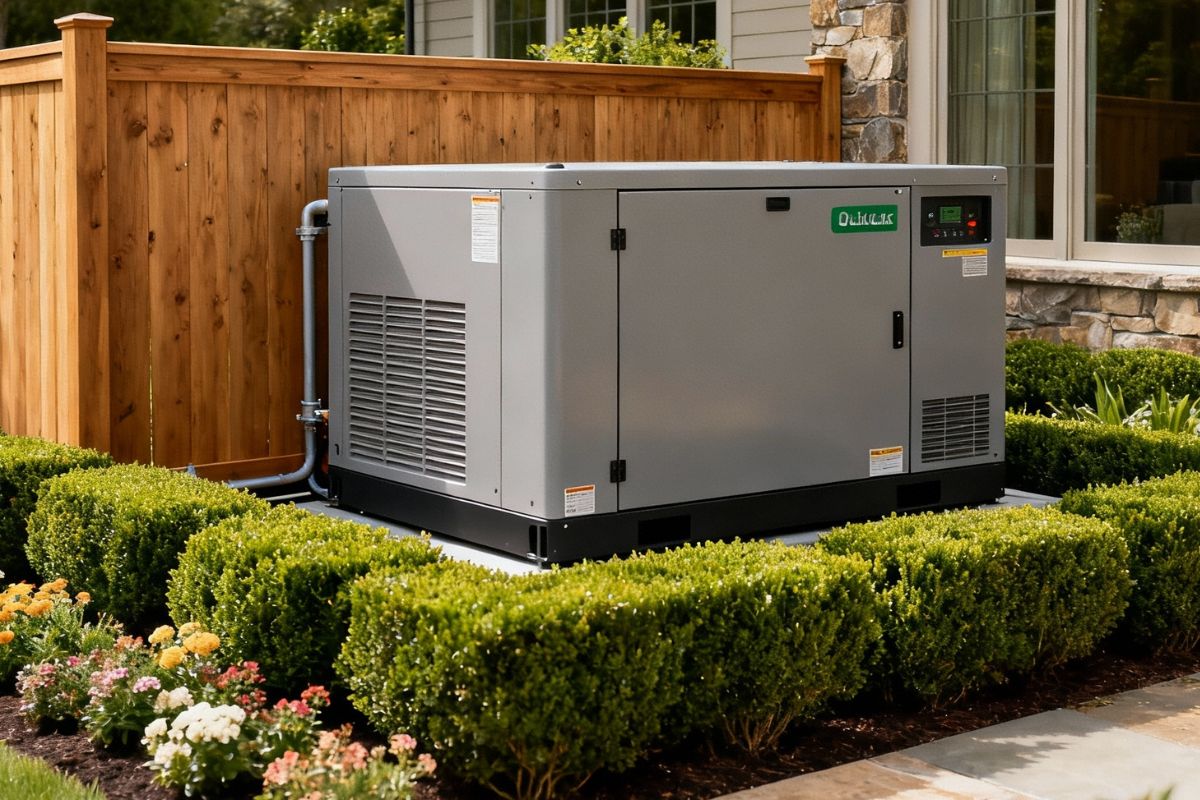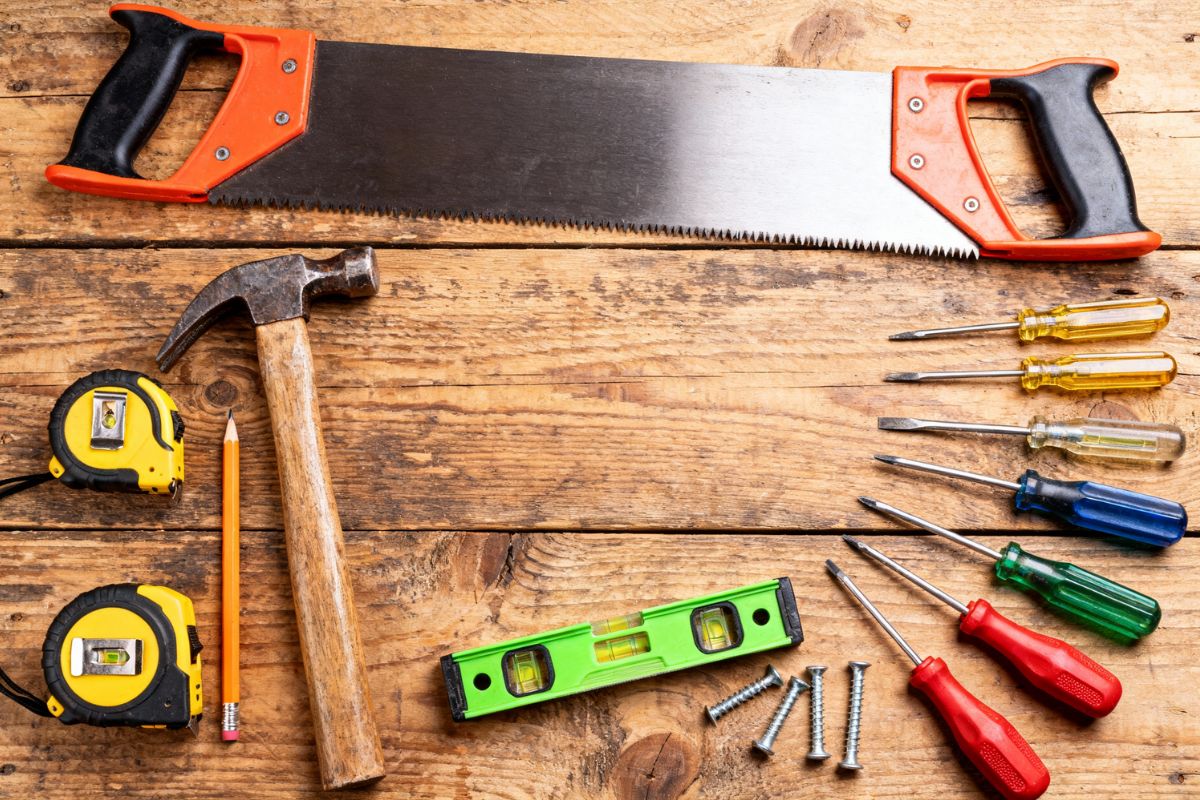Designing a kitchen for a tiny home presents a unique blend of challenges and opportunities. When every square foot matters, it's essential to create a layout that not only looks beautiful but also functions smoothly for everyday living.
From smart storage to effective ventilation, maximizing kitchen efficiency is key to enjoying small-space living.
Start With a Functional Layout
A well-planned layout is the foundation of an efficient kitchen. The work triangle, which is the relationship between the stove, sink, and refrigerator should still be prioritized, even in compact kitchens. Placing these three core elements in close proximity can reduce unnecessary steps and make cooking more intuitive.
Galley-style layouts are often a popular choice for tiny homes due to their linear efficiency. With counters on either side and a clear walkway through the center, this style makes it easy to move between tasks. L-shaped kitchens also offer flexibility and can be tucked into a corner to save floor space.
Optimize Vertical and Hidden Storage

In a small space, thinking vertically is essential. Open shelving, tall cabinets, and hanging racks can significantly increase your kitchen's storage potential. Magnetic strips for knives, pegboards for utensils, and wall-mounted spice racks are clever ways to free up counter space.
Under-cabinet storage and toe-kick drawers are often overlooked but can provide valuable hidden storage. Customized solutions like pull-out pantry shelves and nested mixing bowls can help make every inch count.
Choose Space-Saving Appliances
Compact appliances designed specifically for small kitchens are a must. Look for slimline refrigerators, two-burner stovetops, and combination microwave-convection ovens. Some all-in-one units include a cooktop, oven, and sink, which is ideal for ultra-small layouts.
Energy efficiency is also worth considering. Many tiny homeowners prioritize sustainable living, so choosing certified appliances can reduce your environmental impact and long-term energy costs.

Plan for Proper Ventilation
Ventilation is a critical but often underestimated aspect of kitchen design, especially in small, enclosed spaces like tiny homes. Without proper airflow, cooking odors, smoke, and moisture can linger and affect indoor air quality.
Installing a high-quality range hood can make a significant difference. A well-ventilated kitchen not only enhances comfort but also helps protect cabinetry and walls from grease buildup over time.
Companies like CopperSmith offer a wide range of customizable kitchen hoods made from durable materials such as copper, brass, and stainless steel. These hoods are not only functional but also serve as a statement piece that blends aesthetics with performance, which is a perfect complement to a thoughtfully designed tiny home kitchen.
Use Light and Color to Your Advantage
Light colors tend to make spaces feel larger, which is especially helpful in compact kitchens. White, soft grays, or pale blues can reflect natural light and create an airy, open feeling. Consider using glossy or semi-gloss finishes that bounce light around the room.
Under-cabinet lighting and strategically placed LED strips can add warmth and visibility to prep areas without taking up extra space. Skylights and large windows can further enhance natural lighting and improve ventilation.
Consider Multi-Functional Furniture and Features

Furniture that serves more than one purpose is a staple in tiny home design. Fold-down tables, rolling carts, and benches with built-in storage offer flexibility and functionality. A butcher block countertop can double as a prep station and dining surface, while a pull-out cutting board can add extra workspace without expanding your footprint.
Hooks and rails along the walls allow you to hang pans, mugs, and utensils, keeping them within easy reach. Even a small kitchen island on wheels can serve as a prep zone, storage unit, and dining table all in one.
Keep Clutter to a Minimum
Clutter can quickly overwhelm a small kitchen. Stick to the essentials and focus on items that you truly use on a regular basis. Store seasonal or rarely-used appliances in alternative storage areas, such as under-bed compartments or lofted shelving elsewhere in the home.
Adopting a minimalist mindset and regularly reassessing your kitchen inventory will help maintain a tidy and functional space. Streamlined design and clean surfaces not only improve efficiency but also contribute to a more relaxing and enjoyable cooking environment.
Final Thoughts
A tiny home kitchen doesn't have to feel cramped or chaotic. With thoughtful planning, smart storage, and the right design elements, it can become one of the most functional and stylish spaces in your home.
From the layout and lighting to appliances and ventilation, every decision plays a role in how well your kitchen works day to day. And with the addition of a well-designed range hood from a trusted source, you can ensure your kitchen stays fresh, efficient, and ready for anything.






Share: